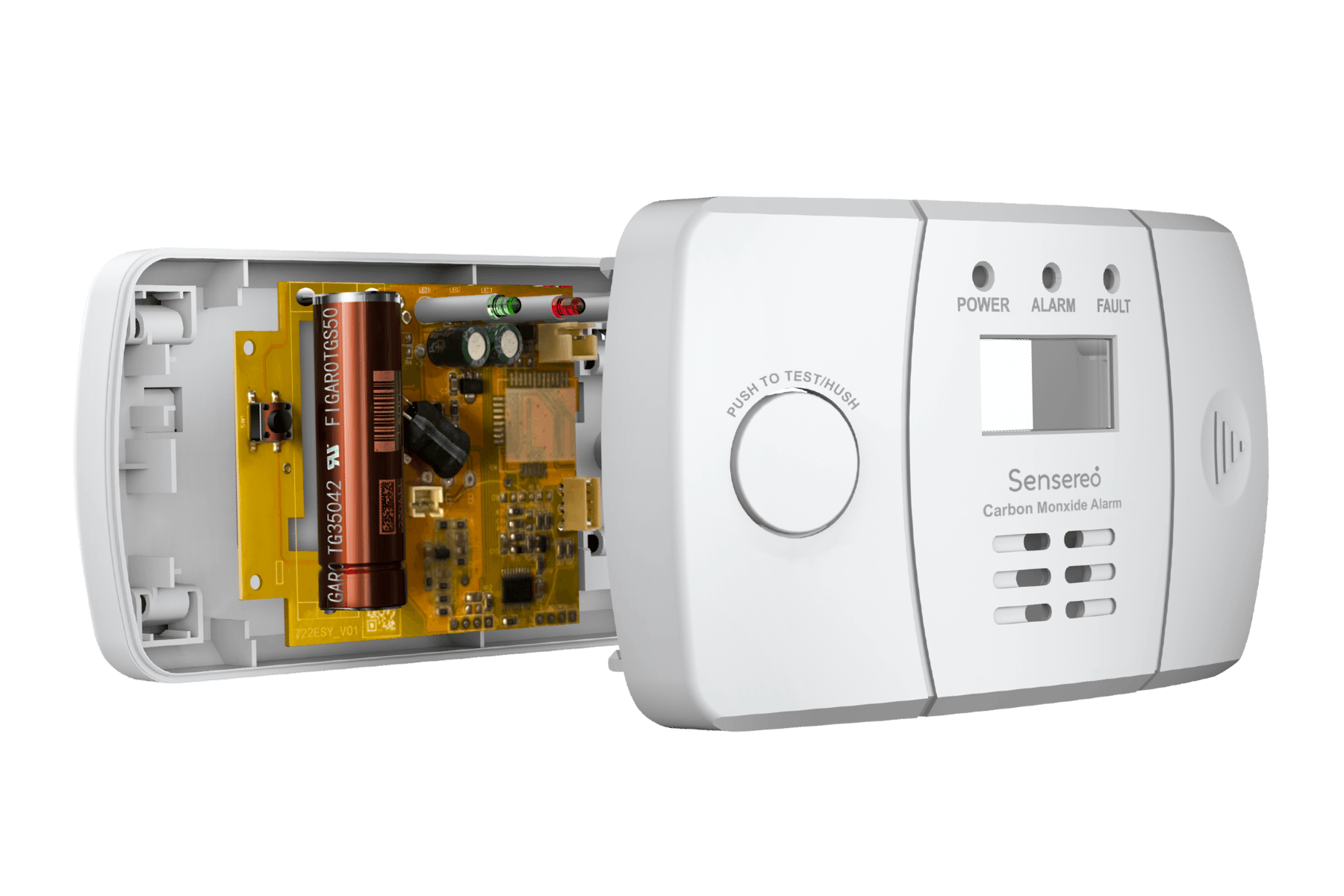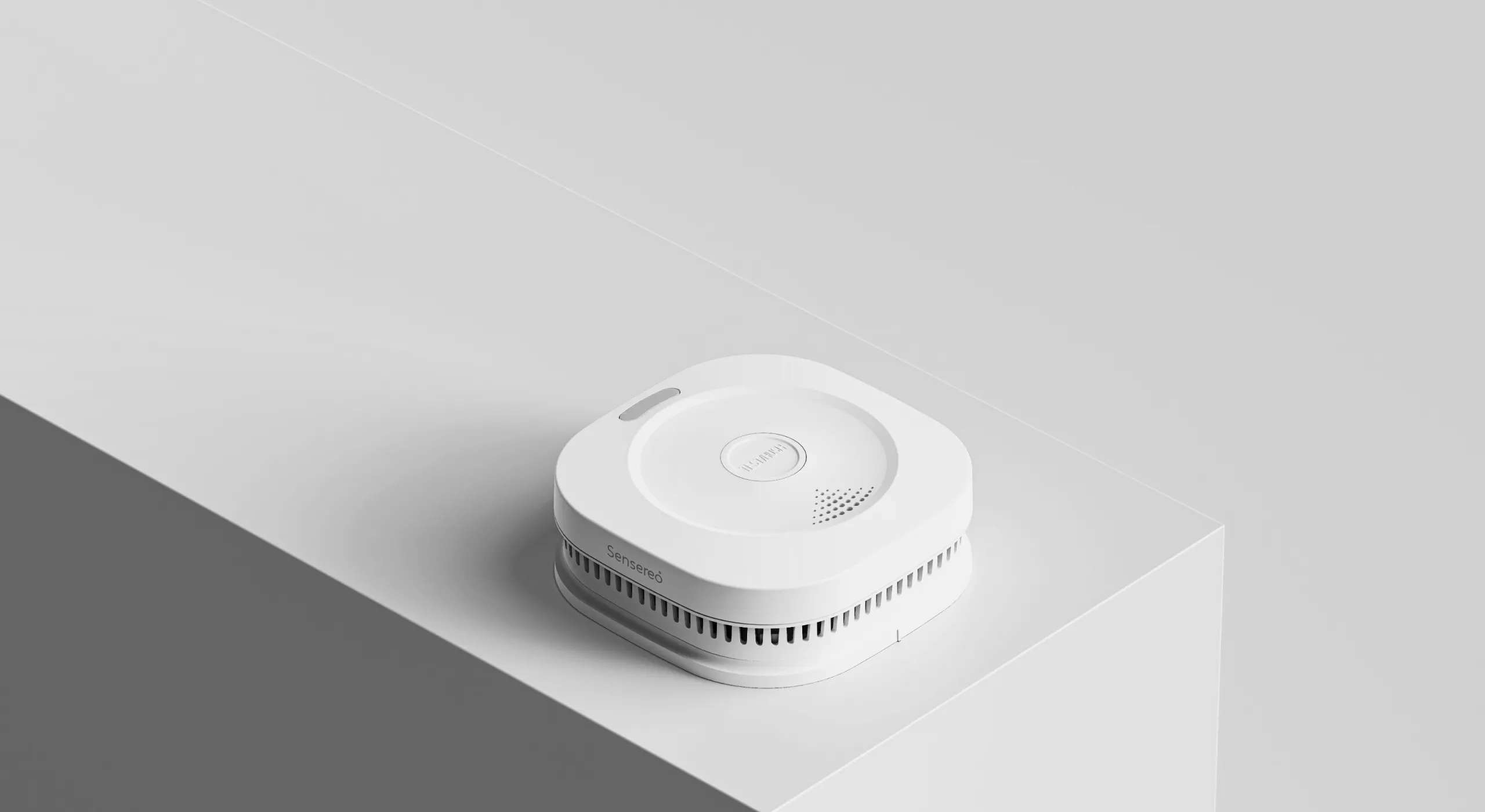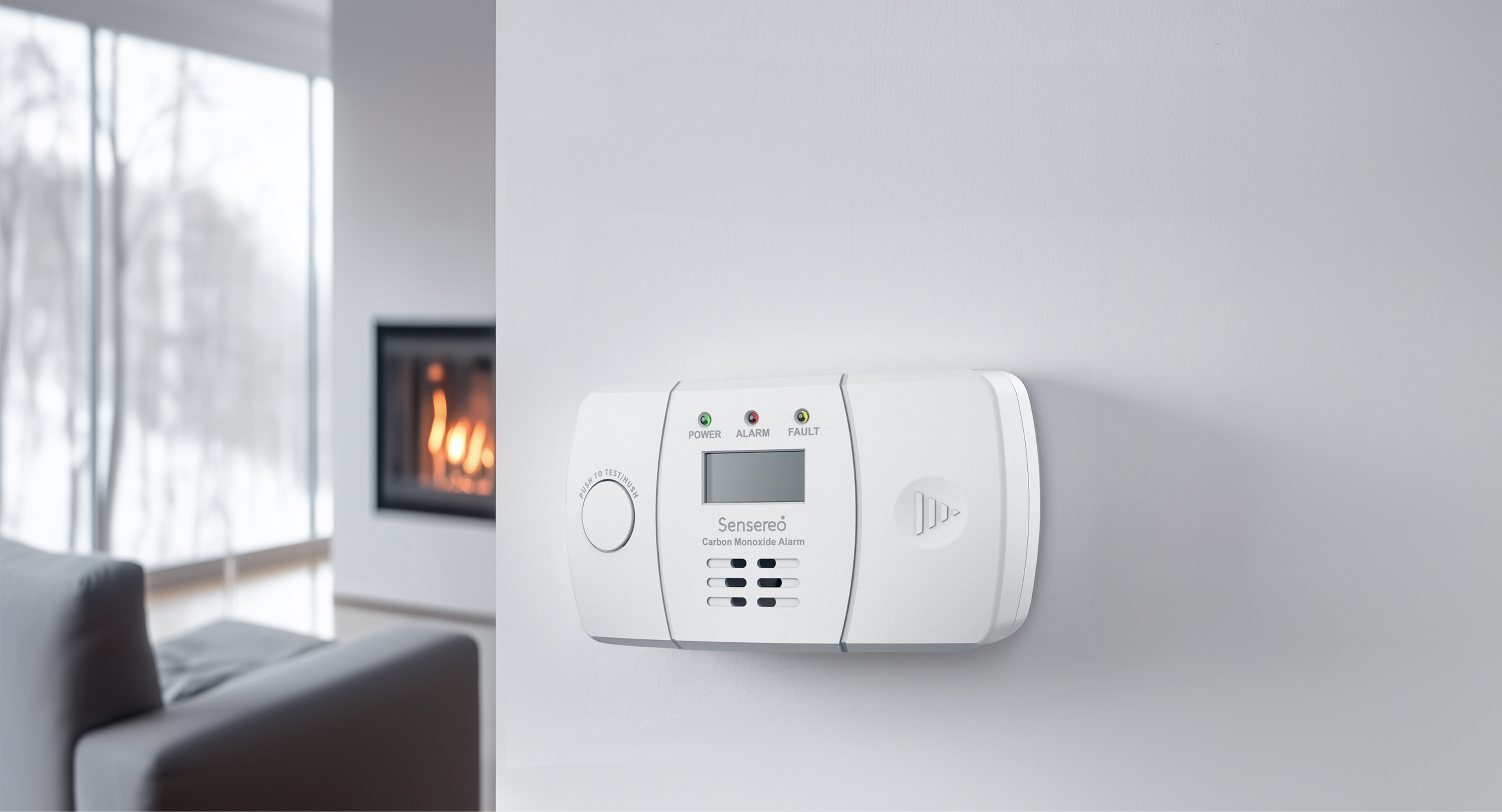
Why Your Smart Home Protocol Matters
Thread is the superior wireless protocol for a majority of smart home devices, particularly battery-powered ones, due to its low power consumption, self-healing mesh network, and IPv6 foundation. It is a key enabler of the new Matter standard, ensuring cross-brand interoperability and a more reliable smart home. While Wi-Fi is ideal for high-bandwidth devices like security cameras, and Bluetooth excels in simple, short-range connections, a future-proof smart home should be built on a robust network of Thread devices to maximize stability and efficiency.
Choosing between Thread, WiFi, and Bluetooth for your smart home can feel overwhelming. As a homeowner, you need reliable connectivity that won’t drain batteries or slow down when adding devices. Thread enabled devices using Matter over Thread are emerging as the future-proof solution, offering a unique combination of low-power operation and robust mesh networking. The Thread standard is revolutionizing how we connect smart home gadgets.
Key pain points we’ll address:
- Why some smart devices lose connection unexpectedly
- How to avoid constantly replacing batteries in sensors
- Which protocol works best for renters vs. homeowners
- Future-proofing your investment as standards evolve
The Thread standard solves many traditional smart home frustrations, while WiFi and Bluetooth still excel in specific scenarios. This comprehensive guide compares all three protocols across five critical dimensions:
What is Thread?
Thread represents a breakthrough in home automation technology. Unlike traditional protocols, Thread creates a self-healing mesh network where each mains-powered thread device strengthens your whole system.
Imagine your Wi-Fi is a star-shaped network centered on your router; every device must talk to the router directly. Thread, on the other hand, is more like a massive social network where every device can communicate with its neighbors. If one device fails, the data automatically finds an alternate path, ensuring your network remains reliable. Matter over Thread takes this a step further by ensuring cross-brand compatibility—a game-changer for consumers tired of ecosystem lock-in.
Why tech experts recommend Thread:
- 73% lower power consumption than WiFi,making Thread-enabled devices incredibly efficient.
- Automatic network optimization as you add Thread-enabled devices
- No single point of failure (unlike WiFi routers)
- Built-in support for IPv6 internet protocols
- Military-grade encryption through Matter integration
“Thread’s mesh architecture solves the fundamental limitations we’ve faced in home automation for decades.” – Smart Home Industry Report 2024
Common Thread-enabled devices:
- Thread smart smoke detectors, like the Sensereo MS-1.
- Window/door contact sensors.
- Thermostats and environment sensors
- Lighting control systems
- Security devices
Understanding the Border Router: Thread devices (like sensors) don’t connect directly to the internet. They need a Thread Border Router as a gateway to translate their low-power signals into Wi-Fi signals for your phone or cloud services. The good news is many popular smart hubs, like Apple HomePod Mini, Google Nest Hub, or Amazon Echo 4th Gen, have this feature built-in, so you often don’t need a separate hub.
WiFi for Smart Homes
WiFi remains the most common choice for certain smart home applications despite its limitations. Understanding where WiFi excels helps create a balanced home automation strategy.
Best for WiFi:
- 4K security camera systems
- Smart displays and streaming devices
- Whole-home audio systems
- Garage door openers with camera feeds
WiFi Limitations:
- High power consumption (requires wired power)
- Network congestion with 50+ devices
- Router-dependent reliability
- Frequent firmware updates needed
Thread vs WiFi Performance:
| Feature | Thread | WiFi |
| Power Use | Ultra-low | High |
| Max Devices | 250+ | 50-100 |
| Latency | <50ms | 100-300ms |
| Battery Life | 5-10 years | Weeks-months |
Bluetooth in Smart Automation
Bluetooth Low Energy (BLE) serves specific niches in smart homes exceptionally well. Its simple pairing process makes it ideal for:
Perfect Bluetooth Matches:
- Smart locks (phone as key)
- Wearable tags and sensors
- Personal area devices
- Temporary smart solutions
Bluetooth Limitations:
- 10m maximum reliable range
- No native mesh capabilities
- Slower data transmission
- Limited to about 20 concurrent devices
Power Consumption Showdown
Power efficiency directly impacts your smart home’s convenience and operating costs. Our analysis reveals why the Thread standard leads for battery-powered devices.
Energy Use Comparison:
- Super energy-efficient. They spend most of their time “asleep,” waking up only to send tiny bits of data.
- Very low power consumption in sleep mode (microamps).
- Can run on a single battery for a very long time, often 5-10 years.
This makes them perfect for small, battery-powered sensors and accessories.
Wi-Fi Devices:
- High energy consumption. They need to maintain a constant, active connection to your router, which uses a lot of power.
- Requires a constant power source, so you almost never see Wi-Fi devices that run on small batteries. They’re typically plugged into the wall.
- Uses a lot of power (milliamps) even when not actively sending data.
Bluetooth (LE) Devices:
- Good for battery life, but not as good as Thread. Bluetooth Low Energy (BLE) is designed to be efficient.
- It uses very little power during transmission (around 10-20mA).
- Typically, a Bluetooth device will last for 1-2 years on a single battery.
It’s great for direct, short-range connections (like a remote control or a fitness tracker) but not for large, whole-home networks.
“For battery-powered sensors you don’t want to touch for years, Thread-enabled devices can’t be beat.”
Reliability & Scalability Compared
As your smart home grows, reliability becomes critical. Here’s how the protocols compare:
Thread’s Advantages:
- Automatic rerouting around failed devices
- Performance improves with more nodes
- Handles 250+ Thread devices seamlessly
- Consistent latency under load
WiFi Challenges:
- Router becomes single point of failure
- Channel congestion in dense environments
- Signal degradation through walls
- Requires complex network planning
Bluetooth Limits:
- Practical limit of ~20 active devices
- Interference in device-dense areas
- No self-healing capabilities
- Range constraints require repeaters
Thread and Matter: The Perfect Pair
The Thread/Matter combination solves three major smart home headaches:
- Interoperability: Devices work across Apple, Google, Amazon ecosystems
- Security: End-to-end encryption and secure commissioning
- Future-proofing: Over-the-air update capabilities
Real-world benefits of Matter over Thread:
- QR code setup (no complex pairing)
- Local control works without internet
- Unified app control across brands
- Automatic firmware updates

Choosing Guide
- For Renters/Temporary Solutions: Use Bluetooth for portable devices, Wi-Fi for media equipment, and Thread starter kits for sensors.
- For Homeowners/Long-term Investment: Build a Thread backbone for automation, using Wi-Fi only for high-bandwidth devices. This hybrid approach is the most future-proof.
“Start building your Thread network now with Matter-enabled devices, using Wi-Fi only where necessary for bandwidth.”
Top Thread-Enabled Devices
- Smoke detectors : Thread-connected smoke and carbon monoxide alarms with real-time alerts and multi-device interlinking for enhanced home safety.
- Climate Sensors: Wall-mounted Thread thermostats
- Lighting: Thread-enabled dimmers and switches
- Security: Contact sensors with 5-year battery
- Bridges: Matter controller hubs
Pro Tip: Look for the Matter logo when shopping for Thread-enabled devices – this ensures cross-platform compatibility.
FAQ
Q: Do Thread devices need a hub?
A: Thread networks require a Border Router (often built into smart speakers or displays) but don’t need a dedicated hub.
Q: Can Thread work with my existing WiFi?
A: Yes! The Thread standard operates on a separate, low-power mesh network that coexists with your Wi-Fi without causing interference.
Q: How many Thread devices can I have?
A: Thread networks support 250+ Thread-enabled devices in typical home environments.
Q: Is Thread better than Zigbee?
A: The Thread standard offers similar benefits to Zigbee but with native IP support and Matter compatibility built-in.
Q: Do Thread devices slow down with more devices?
A: No – Thread’s mesh network actually becomes more robust as you add devices.
Q: Do you have thread devices?
A: Yes! Sensereo MS-1 is the first Matter over thread smoke alarm certified to work with Apple Home





